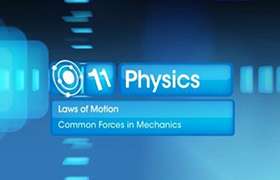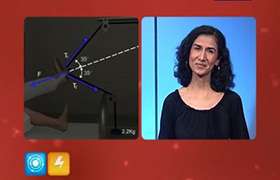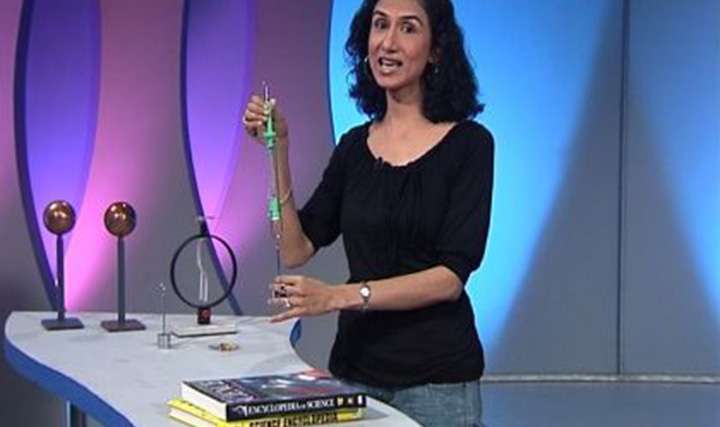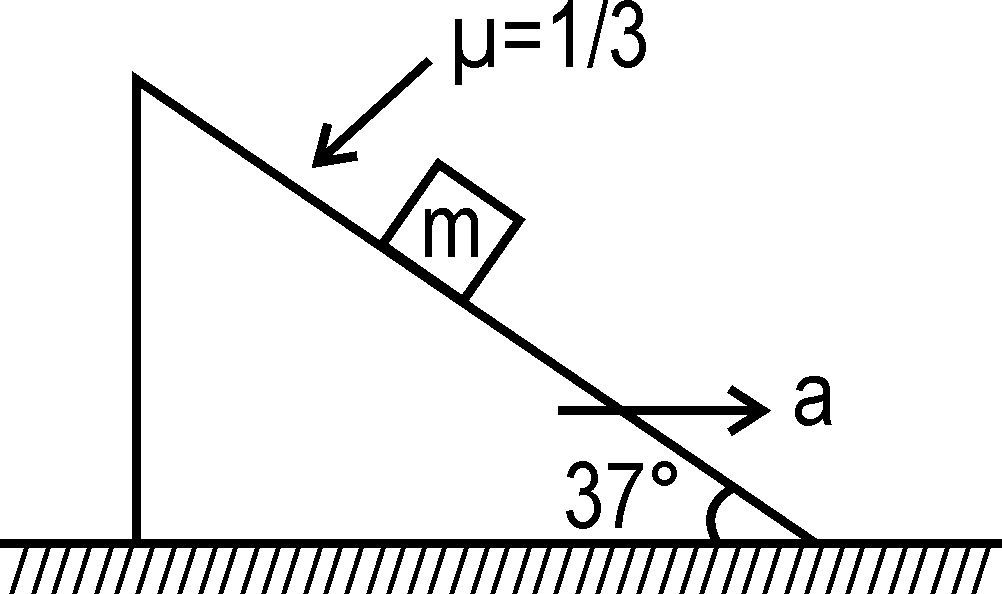CBSE Class 11-science Answered
Laws of motion ( constraint motion problem )
There are three blocks A, B and C of masses M, m1 and m2 respectively kept on a smooth horizontal surface. Block B is placed to the left of block A and The position of block C is between the block A and B. There are two pulleys of which one is fitted with block A and other is fitted with block B on their vertical sides , horizontally. One inextensible string of negligible mass is tied up from the body of block B to the pulley of block A , then from the pulley of block A to the pulley of block B and then from pulley of block B to the body of block C. A force F is applied on the block A to its right side direction. What will be acceleration on block C and show the free body diagram .






